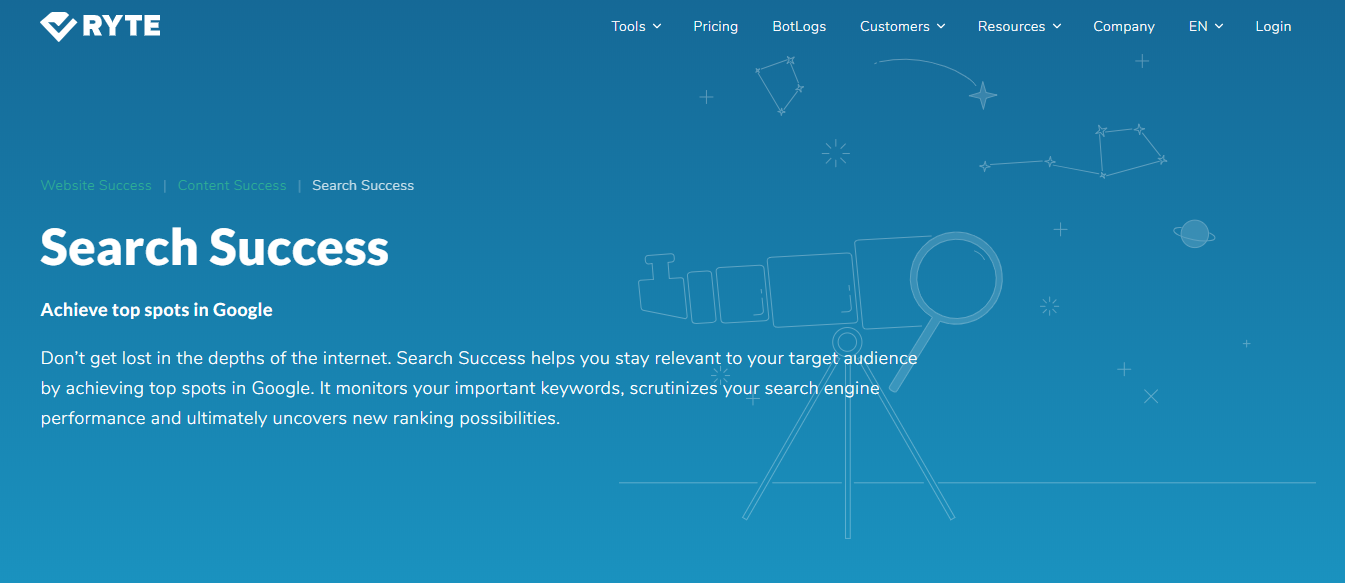
Mobile devices can be optimized for your site using the same SEO techniques that you use for desktop computers. For search engine optimization, it is important to include the most relevant keywords in both your title tag (meta description) and your title tag (title tag). To encourage click-throughs, a meta description should include a simple call-to–action (CTA). Your website should contain relevant keywords and emojis in order to grab your users' attention.
Content that is user-friendly
Optimizing your website for mobile users requires a few additional steps. It is important to ensure your website is mobile-friendly. Avoid crawl errors and concentrate on the user-experience. Adobe Flash is not supported by many mobile devices so make sure you remove it from your website. You should ensure that your site is easy to navigate and clear. You should make your text large enough to be read, and use legible fonts. Mobile users' search intent may be different from desktop users', so it is important to optimize your content for mobile users.
Page speed
Mobile devices offer a completely different experience than desktops. Users want information immediately so a slow site can cause a bounce. It is therefore important to optimize your mobile site speed. Google PageSpeed Insights allows you to test your page's speed on different devices. A mobile-friendly website is easier to load for mobile users. It will also have higher conversions rates.

Canonical tags
Canonical tags often make duplicate content worse. The target URL of the redirect should not be identical or duplicate content. Some SEOs make the mistake of passing link signals using canonical tags. However, this is not the right way to do it. You can learn more about how to use mobile-friendly canonical tags to improve your SEO strategies.
Relevant keywords
Local keywords are an essential part of any SEO strategy if you have a mobile site. They can boost your website's local ranking, and they can be easily found through keyword research tools like Keyword Intelligence. Simply enter your language and location to find local keyword opportunities. The tool will then provide you with a list containing relevant keywords. Keep in mind that local search volume varies from location to location, so be sure to target relevant keywords for your location.
Featured Snippets on Google SERPs
Featured parsnippets is content that appears at search engine results pages. They aim to give users the most relevant information to answer their questions. These snippets often contain content from top-ranking sites, making them ideal for reducing clicks. A featured shortcode is a great tool to help your website get SEO.

FAQ
Do I really need a digital agency?
Realize that you need extra support for your business before it is too late. A digital marketing agency provides professional services for small businesses such as yours. They know exactly how to promote your company online and keep up with the latest trends in the field.
They can assist you in developing your strategy and implementing it.
Why should I use Social Media Marketing?
Social media marketing is an excellent way to reach new customers or build relationships with your existing customers. Engaging with others via comments and likes can help you build a community around your brand. This makes it easier for potential customers to find you online.
How can I get more traffic from Facebook?
Facebook has many options to increase traffic and engagement to your site. One of the best ways is to use Facebook ads. Facebook ads can be used to target specific audiences according to their location, interests, and demographics. You can also set a daily limit and track which posts do well.
Statistics
- Sean isn't alone… Blogger James Pearson recently axed hundreds of blog posts from his site… and his organic traffic increased by 30%: (backlinko.com)
- : You might have read about the time that I used The Content Relaunch to boost my organic traffic by 260.7%: (backlinko.com)
- A 62.60% organic traffic boost to that page: (backlinko.com)
- Deleting those 10k pages is one of the main reasons that he improved his site's organic traffic by nearly 90%: (backlinko.com)
- If two people in 10 clicks go to your site as a result, that is a 20% CTR. (semrush.com)
External Links
How To
How do you set up your first blog?
It's simple! WordPress is a wonderful tool to help you create a blog. You can edit the appearance of your blog by creating themes, changing fonts, colors, or customizing it. They can also add plugins that allow them to automatically change certain aspects of their website depending on visitor activity.
There are many free templates available on wordpress.org, as well as premium templates that you can purchase. Premium templates can include additional pages, plugins, or advanced security features.
After you have downloaded the template, you will need to sign up to a free hosting account to upload your files to your blog and manage it. Many hosts offer free accounts, but there are often restrictions on how much space you can use, how many domains you can host and how many emails you can send.
If you choose to use more then one domain name, each email address will be required. This service is offered by some hosts at a monthly charge.
If you're new to blogging, you may wonder why anyone would pay to have a blog hosted online. Hosting companies offer unlimited storage, so your files won’t be deleted even though you delete them accidentally.
Many hosts also let users host multiple domains, meaning you could have several different sites under the same hosting package. This allows you to sign up for only one email account and manage all your sites via one interface.
Some hosts include social media sharing buttons on their dashboards, allowing visitors to share posts across the internet quickly and easily.
Most hosting companies offer tools for managing your blog. You can check your site's performance statistics, see how many visitors each post has received and compare your traffic to similar blogs.
These tools can make it easier to manage your blog faster and easier, so make sure you check them out before you buy a web hosting plan.
To sum up:
-
Select a topic that is relevant to your business.
-
Create engaging content;
-
Optimize your site using SEO techniques;
-
Promote your site using social media channels;
-
To make necessary changes, keep an eye on your statistics.
-
Don't forget to update the blog often.
In short, create good content, promote it effectively, and track its success.